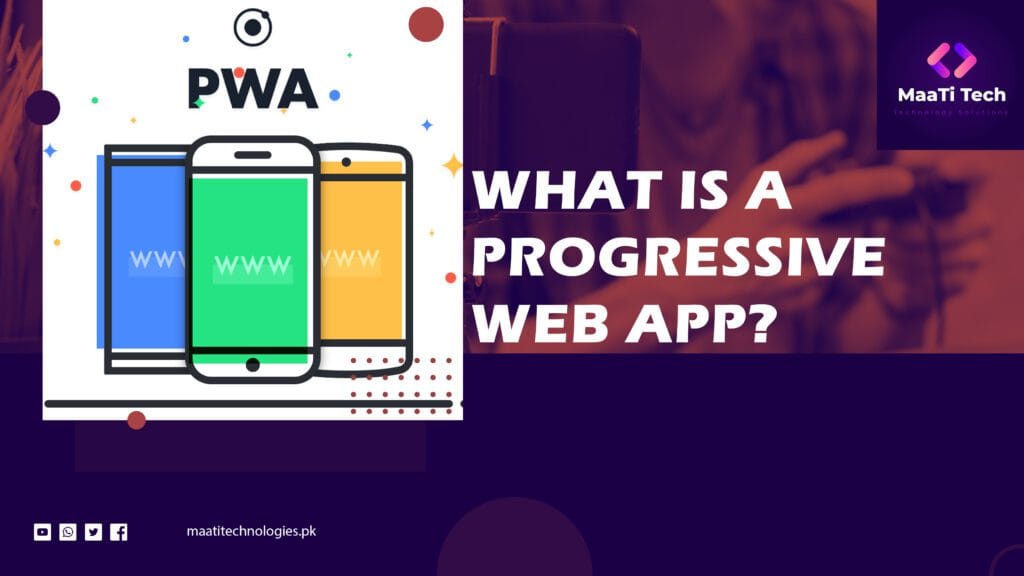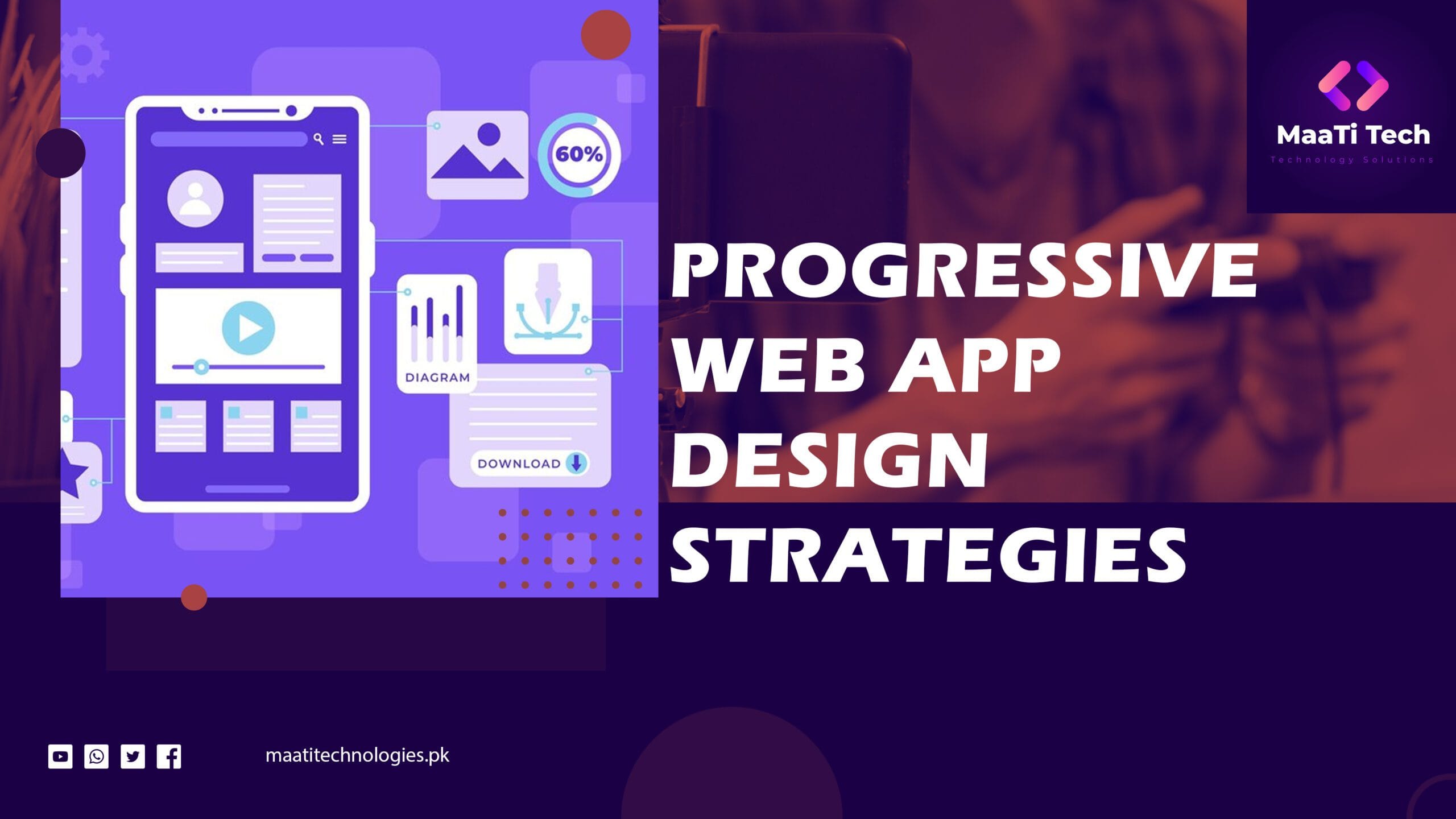Progressive Web App Design Strategies: Boost Your Web App with Proven Techniques
The digital world is constantly evolving, and Web Apps are at the forefront of this transformation. But what sets a high-performing web app apart from the rest? More importantly, how can businesses ensure that their web app provides the best user experience and boosts engagement? The answer lies in adopting the right Progressive Web App (PWA) design strategies.
In this blog post, we will delve into key web app strategies that can elevate your PWA design. Whether you’re a developer or a business owner aiming to offer the best user experience, this guide will provide practical insights and actionable solutions.
Table of Contents
What is a Progressive Web App?

Before diving into design strategies, let’s clarify what a Progressive Web App (PWA) is. Basically put, PWAs combine the best highlights of both web and mobile applications. They offer the seamless experience of a native mobile app while running entirely within a web browser. Thanks to technologies like Service Workers, PWAs can function offline, load quickly, and offer a more immersive user experience.
Why Invest in Progressive Web App Design?
What makes PWAs a game changer is their ability to bridge the gap between native apps and traditional websites. Here are some reasons why businesses should consider investing in PWA design:
- Improved User Engagement: Faster load times and offline functionality boost user retention.
- Cost-Effective: No need for separate development teams for Android, iOS, and web.
- SEO Benefits: Unlike native apps, PWAs are discoverable by search engines, improving visibility.
- Cross-Platform Compatibility: PWAs work on all devices, reducing fragmentation.
Given these advantages, let’s explore specific strategies to enhance your web app design.
Key Strategies for Effective Progressive Web App Design
1. Prioritize Speed and Performance
One of the cornerstones of any PWA is its performance. Users expect fast and smooth experiences, and any delay can lead to frustration and drop-offs. To ensure optimal speed, consider the following:
- Service Workers for Caching: Implement Service Workers to cache assets and content, allowing the app to load instantly, even in low-network conditions.
- Lazy Loading: Load only essential elements initially and defer the loading of non-essential elements, such as images and videos, to enhance speed.
- Use Lightweight Frameworks: Opt for lightweight frameworks like React or Vue.js to build your PWA. They help reduce the initial load time, providing a faster experience.
According to a report by Google, 53% of mobile users abandon sites that take longer than 3 seconds to load. Hence, focusing on speed is critical.
2. Enhance User Experience (UX) with an Intuitive Design
Your app’s user interface should prioritize ease of use and seamless navigation. Users appreciate apps that are simple, intuitive, and visually engaging. Here are some strategies to improve UX:
- Responsive Design: Ensure your PWA adapts to various screen sizes, from smartphones to desktops.
- Touch-Friendly Interfaces: Optimize buttons and interactive elements for touch interactions.
- Push Notifications: Implement personalized push notifications to re-engage users, providing timely and relevant updates.
- Minimalistic Design: Stick to a clean and simple layout. Avoid overwhelming users with too many options or cluttered designs.
“Design is not just what it looks like and feels like. Design is how it works.” – Steve Jobs
3. Leverage Offline Capabilities
One of the standout features of PWAs is their ability to work offline. By caching critical resources, users can interact with the app even without an internet connection. To maximize offline functionality:
- Cache API Responses: Store frequently used data, like product listings or news articles, to offer a smooth experience even in offline mode.
- Graceful Degradation: Ensure that non-essential features, such as real-time data syncing, gracefully degrade when offline without disrupting the overall experience.
- Show Offline Banners: Notify users when they’re offline and reassure them that the app is still functional.
Offline functionality can be a game changer for industries like eCommerce, where users can continue browsing products without network interruptions.
4. Implement SEO Best Practices
One major advantage of PWAs is their ability to be indexed by search engines. To leverage this:
- Optimize Meta Tags: Ensure each page of your PWA has unique, descriptive meta titles and descriptions that include relevant keywords like “Web App Design Strategies” and “Web App Strategies.”
- Create Clean URLs: Make sure your URLs are human-readable and include keywords to improve your chances of ranking on search engines.
- Use Structured Data: Implement structured data to help search engines better understand your content, which can improve your search rankings and result in rich snippets.
By optimizing your PWA for SEO, you can enhance visibility and attract organic traffic.
5. Security and Data Protection
Security is paramount for any web app, and PWAs are no exception. Users need to trust that their data is safe when interacting with your app. Here’s how to prioritize security:
- Use HTTPS: Ensure your PWA is served over HTTPS, which encrypts the communication between the app and the server.
- Implement Authentication and Authorization: Use secure authentication protocols, such as OAuth or JWT, to safeguard user accounts.
- Monitor Vulnerabilities: Regularly audit your app for potential vulnerabilities, ensuring that it’s always secure from the latest threats.
A study by Norton shows that 43% of cyber attacks target small businesses, so focusing on security is essential.
Measuring the Success of Your Progressive Web App

Once your PWA is up and running, it’s crucial to measure its success. Here are key metrics to track:
- User Retention: How many users return to your app after their initial visit?
- Load Times: Are users experiencing fast and responsive interactions?
- Conversion Rates: Is the app contributing to your business goals, such as sales or lead generation?
Use tools like Google Analytics, Lighthouse, and PageSpeed Insights to track performance and identify areas for improvement.
Conclusion: Designing for the Future with PWAs
Progressive Web Apps are more than just a trend—they represent the future of web app development. By adopting the right Web App Design Strategies, you can create an app that not only performs well but also provides an exceptional user experience. Whether it’s speed, UX, offline functionality, SEO, or security, focusing on these core areas will ensure that your PWA stands out in an increasingly competitive digital landscape.
So, are you ready to take your web app to the next level? By implementing these strategies, you’ll be well on your way to creating a PWA that delights users and drives business growth.
For more insights, consider checking out these industry resources:



